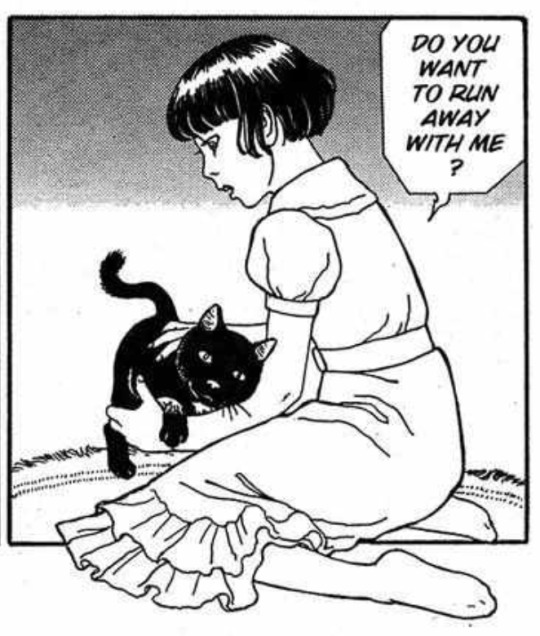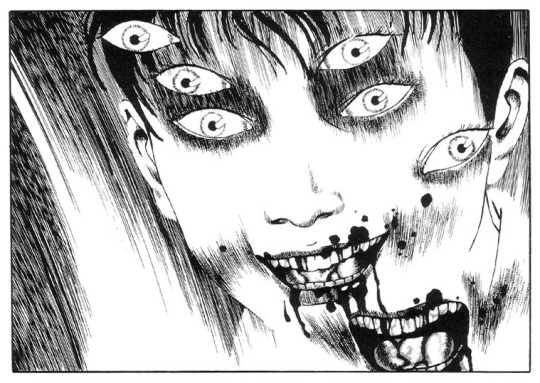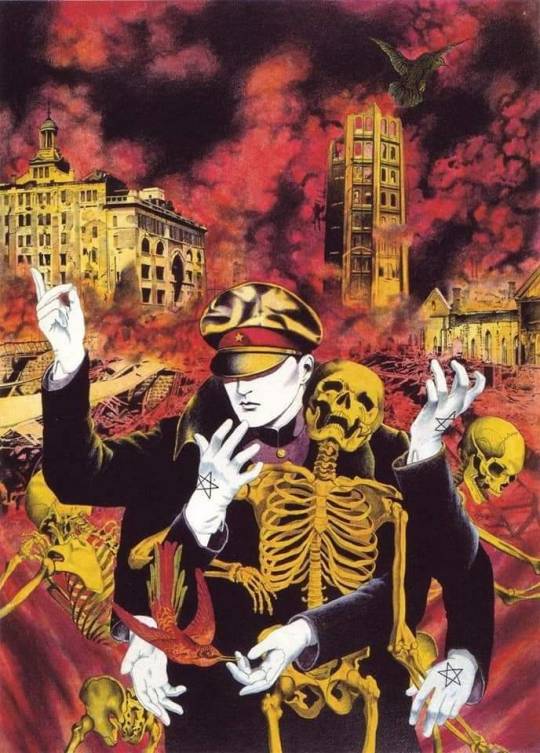#Suehiro Maruo
Text
Works insipired by Arnold Böcklin’s “Isle of the Dead”
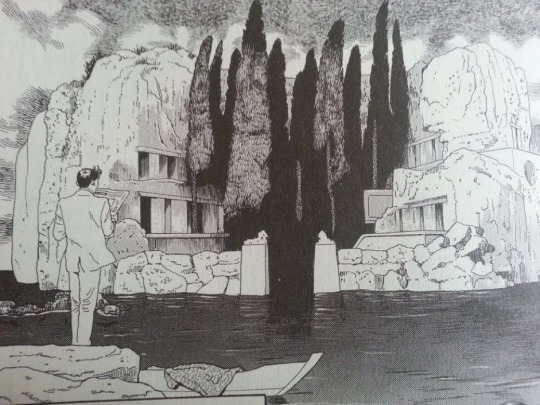
Suehiro Maruo, 2013
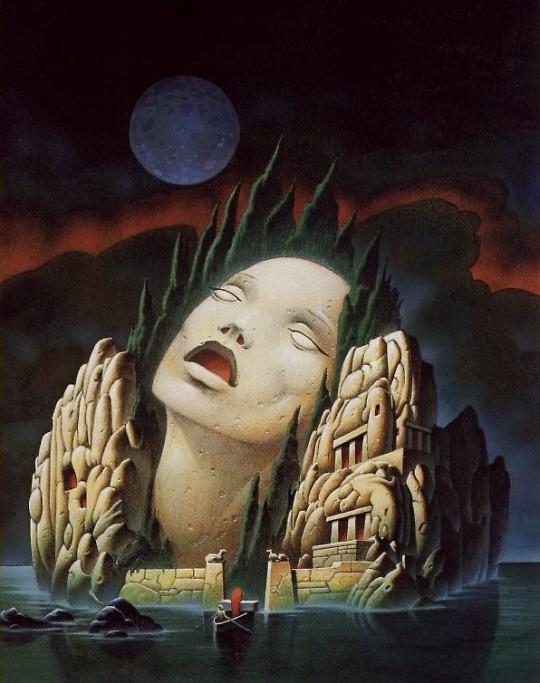
Philippe Caza, 1989

Philippe Druillet, 1976
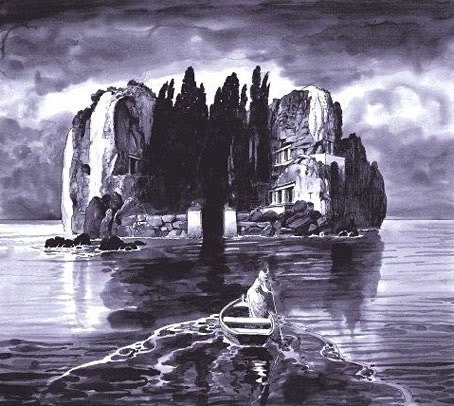
Milo Manara, 1998

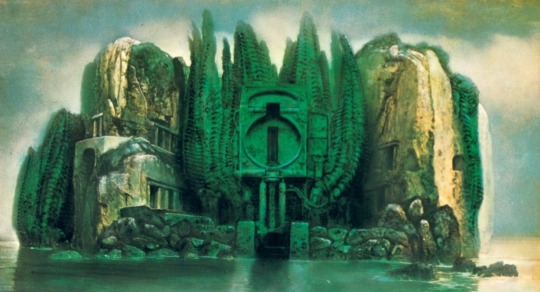
H.R. Giger, (right image from the series “Passages”) 1975

…and the original, Arnold Böcklin, 1880
#Arnold Böcklin#H.R. Giger#Milo Manara#Philippe Caza#Philippe Druillet#Suehiro Maruo#art#classical art
4K notes
·
View notes
Text
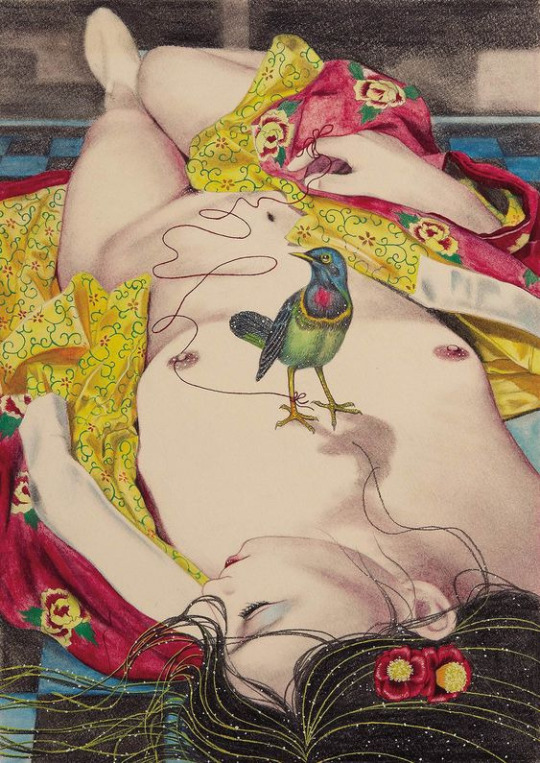
Suehiro Maruo 丸尾末広 - Don't Touch My Birdie
914 notes
·
View notes
Text
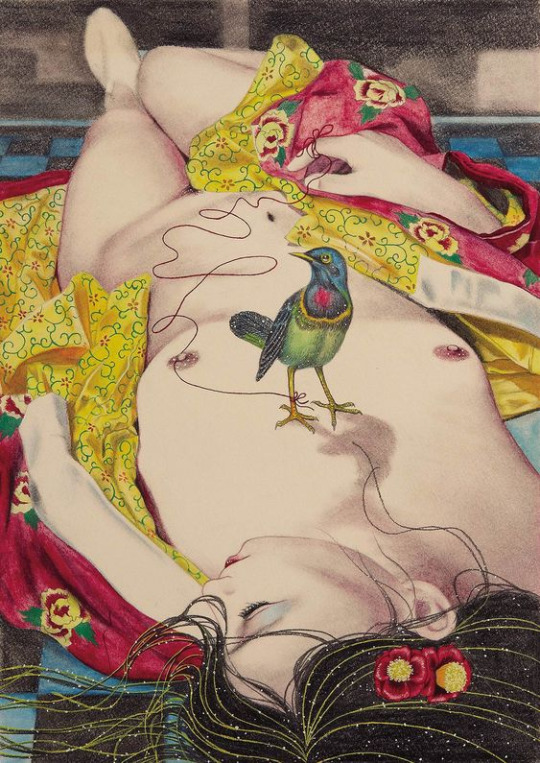
Art by Suehiro Maruo 丸尾末広
484 notes
·
View notes
Text

Suehiro Maruo’s depiction of Saint Sebastian
7K notes
·
View notes
Text

The Strange Tale of Panorama Island (パノラマ島綺譚) // Suehiro Maruo
482 notes
·
View notes
Text

illustration by Suehiro Maruo
1K notes
·
View notes
Text

Suehiro Maruo
#suehiro maruo#suehiro maruo archive#dark#horror#grotesque#sadomasochistic#ukiyo e#manga#manga art#illustrations#japan#lovecore
649 notes
·
View notes
Text
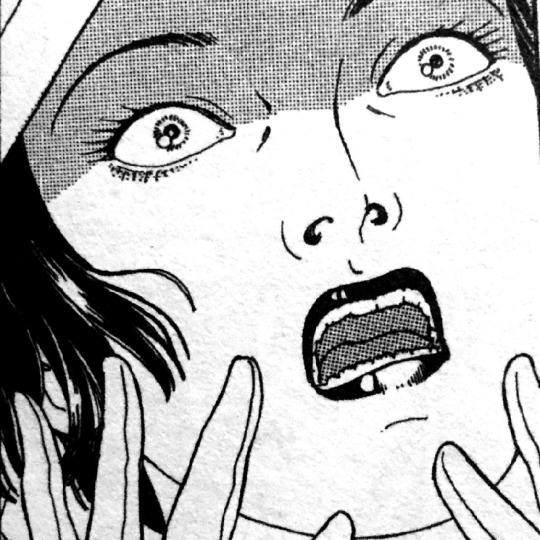




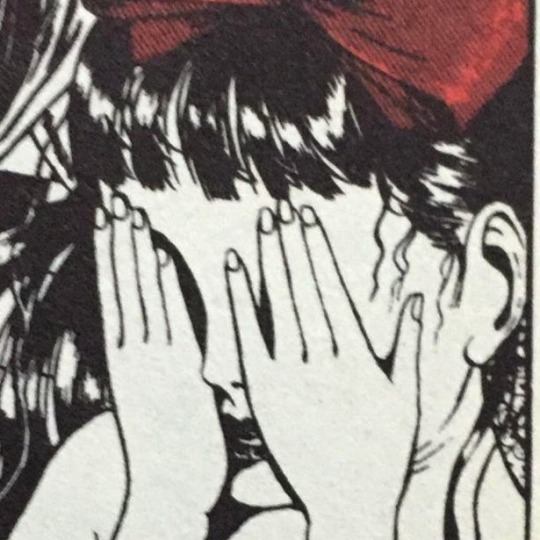



#suehiro maruo#panorama to kidan#ddt#la sonrisa del vampiro#imomushi#la oruga#rose colored monster#manga#manga cap#captura#raw manga#viñeta#eroguro#anime / manga#manga quotes#black and white#horror manga#hand
394 notes
·
View notes
Text
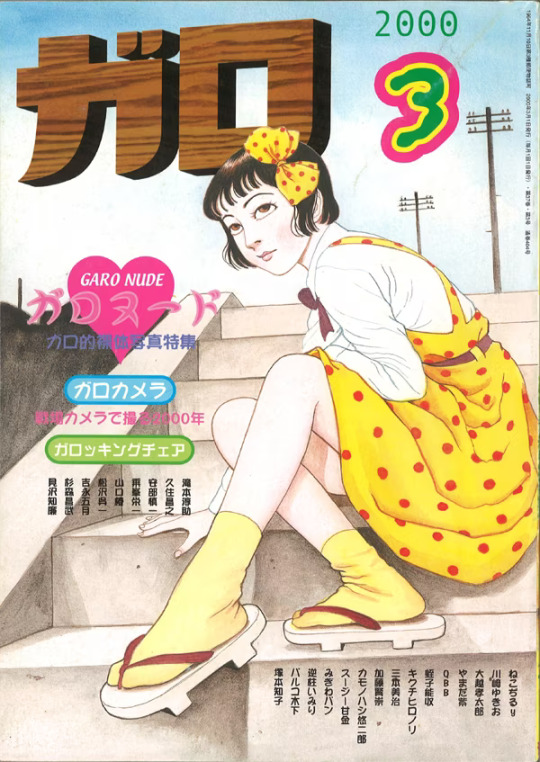
Garo (ガロ) / Seirindō (青林堂) / Mar 2000 issue
#avant garde manga#underground manga#alternative manga#gekiga#2000s manga#suehiro maruo#garo magazine#seirindo#issue month: march#ガロ#青林堂
115 notes
·
View notes
Text




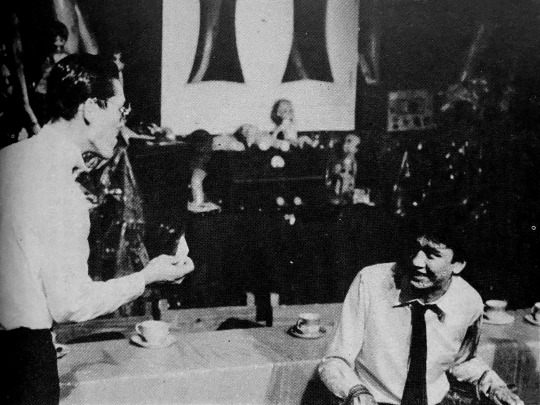

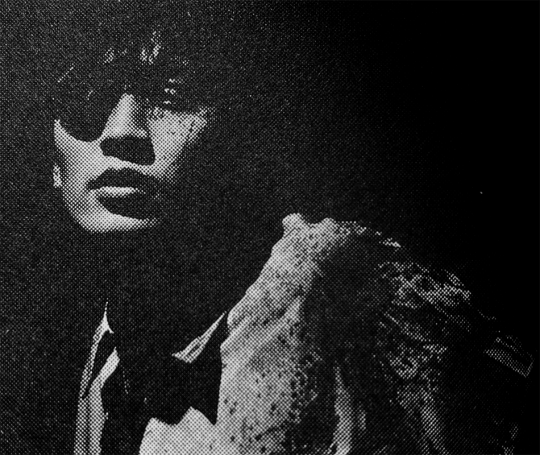
Photos from the Tokyo Grand Guignol stage play Galatia Teito Monogatari, based loosely on the Teito Monogatari serial of epic dark sci fi occult horror books. Despite sharing its basis with a greatly influential series which spawned several films (the first Teito Monogatari adaption even featuring special effects designed by H.R. Giger) and a set of animated horror films, Galatia remains the most obscure of the Tokyo Grand Guignol’s productions. Very sparse information of its contents exist online. On one specific page I found a month back, a (very poorly translated) English synopsis describes the play as being a story about a machine that destroys a major city in Japan. It’s unclear if the machine they’re referring to is in reference to a humanoid robot or a more generalized weapon. It’s said that in the play, Kyusaku Shimada appears as a mad scientist who creates the oxygen destroyer from Godzilla (1954). In a description of the ending, the finale depicts a scenario where the character Yasunori Katō (a demon that manifests itself as an imperial army First Lieutenant) welcomes one of the characters to what he refers to as the “new imperial city”. He reveals to the character a supernatural landscape where various children’s toys and dolls across the stage come to life and move around on their own, all to the sounds of marching drums and claps of thunder. All images were digitized by yours truly, with the sources being volume 28 of Yaso magazine and the Suehiro Maruo-focused magazine Only You, which features a digest version of Galatia’s screenplay. Of course, with the screenplay (or at least a condensed version of it) in my possession, I plan to translate it to English some way or another down the line.
This adaption would help start off Shimada’s professional acting career, with Shimada having his first major cinematic role as Yasunori Katō in the film Tokyo: The Last Megalopolis. As mentioned though, Shimada doesn’t act as Katō in the Tokyo Grand Guignol version. That role was instead designated to Yaguruma Kennosuke, who would later appear as Raizou in the original performances of Lychee Hikari Club.

Yaguruma Kennosuke as Raizou in Lychee's December 1985 performance, apprehending the Marquis de Maruo (performed by Suehiro Maruo) when he enters the Hikari Club's hideout. Kennosuke is on the right side of Maruo, with Hiroyuki Tsunekawa (Zera) standing aside Kennosuke with his bag of lychee fruits.
As a side note, you've gotta appreciate how despite then being well into a Maruo-flavored era of underground culture, there are still the occasional callbacks to Terayama's legacy, hence the clock that Katō is seen holding in the first photo.
#norimizu ameya#tokyo grand guignol#teito monogatari#lychee light club#litchi hikari club#suehiro maruo
328 notes
·
View notes
Text
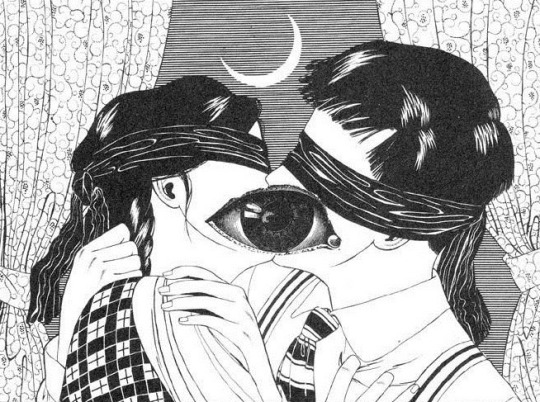
suehiro maruo
#suehiro maruo#eroguro#manga caps#horror manga#art#manga art#seinen#manga aesthetic#manga and stuff#manga blog#manga panel#mangacap#mangacore#manga
843 notes
·
View notes
